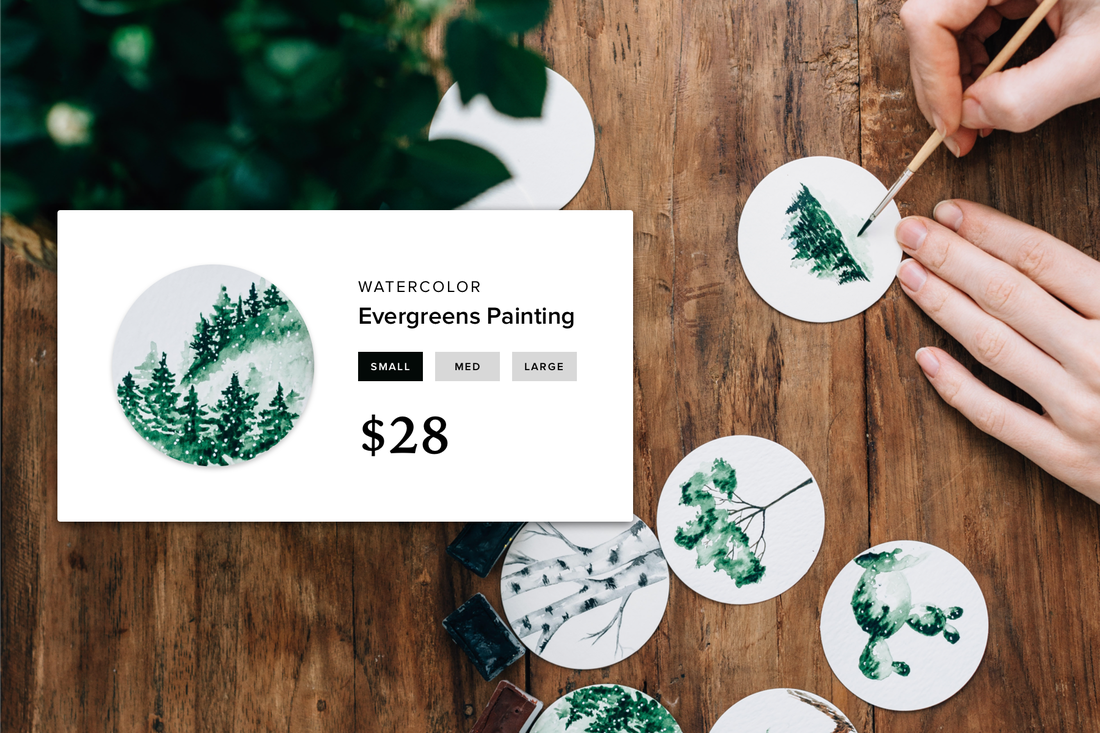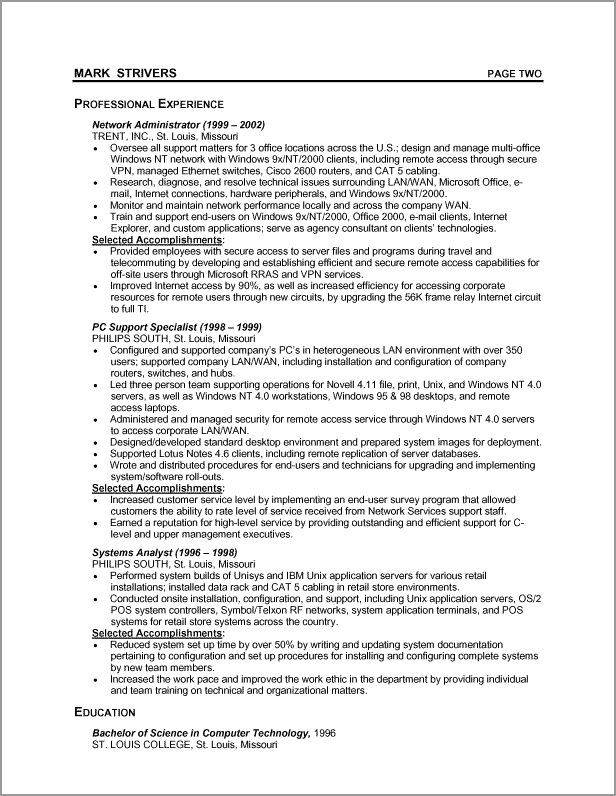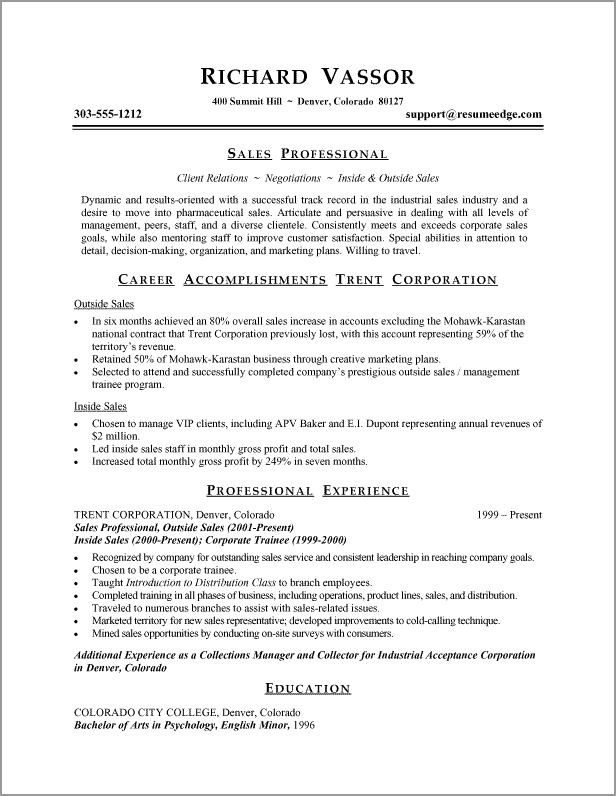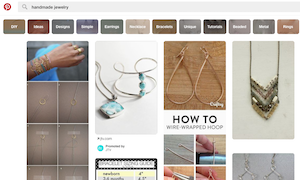Starting a new job search can be exciting, whether you’re making a career change or moving to a new location. The first step in starting to look for a new job is writing or updating your resume.
This guide will show you how to write a resume from top to bottom, no matter what job you’re applying for.
|
Important Resume Tips
|
|
Stick to what is relevant for the job you're apply to
|
|
Don't list skills you won't want to use
|
|
Be creative, but be honest
|
Step 1: Choose a Resume Format
Typically, resumes come in 3 formats: reverse-chronological, functional, and combination. The format you choose will depend on how much experience you have and what kind of job you’re applying for.
Reverse-Chronological Resume Format
This format is the most well known amongst job seekers and employers. It is a good format to use for any level of experience. As its name suggests, this format displays your work experience from newest (and most relevant) to oldest to show career progression.
Typically, resumes come in 3 formats: reverse-chronological, functional, and combination. The format you choose will depend on how much experience you have and what kind of job you’re applying for.
Reverse-Chronological Resume Format
This format is the most well known amongst job seekers and employers. It is a good format to use for any level of experience. As its name suggests, this format displays your work experience from newest (and most relevant) to oldest to show career progression.
This format can be used for:
You’ll want to avoid this format if you have major employment gaps or are looking for a job in an entirely new field.
Functional Resume Format
This format focuses on skills rather than a timeline of employment history. It emphasizes qualifications for a certain job, so it can be adjusted if you’re applying to jobs in different fields, as long as you focus on the marketable skills for those positions.
The functional resume doesn’t worry about listing when and where an applicant worked--instead, it simply lists the skills at the top of the resume that are relevant to the position, including examples where possible.
- Vertical career progression
- Seeking a job in the same or similar field
You’ll want to avoid this format if you have major employment gaps or are looking for a job in an entirely new field.
Functional Resume Format
This format focuses on skills rather than a timeline of employment history. It emphasizes qualifications for a certain job, so it can be adjusted if you’re applying to jobs in different fields, as long as you focus on the marketable skills for those positions.
The functional resume doesn’t worry about listing when and where an applicant worked--instead, it simply lists the skills at the top of the resume that are relevant to the position, including examples where possible.
This format can be used if:
It’s best to avoid this format if you have little to no work experience or if you don’t have the transferable skills for the position you’re applying to.
Combination Resume Format
The combination format uses pieces of both the reverse-chronological and functional formats. It highlights work experience as well as marketable skills for a specific industry or job title.
This format will begin with a summary of your qualifications and skills relevant to the position, and follow with your work history in reverse chronological order.
- You have gaps in employment
- You’re changing your career field
- You need to highlight specific abilities for a certain job
It’s best to avoid this format if you have little to no work experience or if you don’t have the transferable skills for the position you’re applying to.
Combination Resume Format
The combination format uses pieces of both the reverse-chronological and functional formats. It highlights work experience as well as marketable skills for a specific industry or job title.
This format will begin with a summary of your qualifications and skills relevant to the position, and follow with your work history in reverse chronological order.
This format can be used for:
This format shouldn’t be used if you’re applying for entry-level positions.
Step 2: Include Your Information
The information you enter will depend on the format you choose, but there are certain pieces that should always be included:
Contact Information
Optional Contact Information:
Your format and the job you’re applying to will determine whether the following sections should be included:
Qualifications Summary
Here you will include a bulleted list of 4-6 career achievements. This is useful if you’re applying to jobs that require certain skill sets, or you have multiple skills that are transferable across jobs and industries.
Career Objective
Your resume objective is a 1-2 sentence statement that highlights your immediate or future career goals. This should be tailored to the job you are applying to, and is especially helpful for entry-level candidates.
Professional Profile
This section will outline your professional experience relevant to your job search. It can also serve as a place to highlight your specific skill set.
Professional Profile Tips
Education Section
Including your educational background is helpful for employers. If you are a new job seeker, this section should come before your professional profile.
Education Section: What to Include
Additional Optional Sections
Step 3: Styling Your Resume
Your resume should stand out with your experience, but you can also style it to catch attention. There are a few rules of thumb when styling your resume:
Creating a great, eye-catching resume is the first step to finding the perfect new job. Make sure to include a cover letter where appropriate and submit your new resume to job search sites like Indeed, Monster, or CareerBuilder.
- Promoting your upward career trajectory in a specific industry
- Changing careers within an industry
This format shouldn’t be used if you’re applying for entry-level positions.
Step 2: Include Your Information
The information you enter will depend on the format you choose, but there are certain pieces that should always be included:
Contact Information
- Name
- Mailing Address
- Best Telephone Number to Reach You
- E-mail Address
Optional Contact Information:
- LinkedIn profile
- Other social profiles
- Link to online portfolio
Your format and the job you’re applying to will determine whether the following sections should be included:
Qualifications Summary
Here you will include a bulleted list of 4-6 career achievements. This is useful if you’re applying to jobs that require certain skill sets, or you have multiple skills that are transferable across jobs and industries.
Career Objective
Your resume objective is a 1-2 sentence statement that highlights your immediate or future career goals. This should be tailored to the job you are applying to, and is especially helpful for entry-level candidates.
Professional Profile
This section will outline your professional experience relevant to your job search. It can also serve as a place to highlight your specific skill set.
Professional Profile Tips
- Only include relevant experience to the job you’re applying to
- List experience in reverse chronological order
- Include company name and dates of employment
- Include 3-5 bullet points of your main responsibilities
Education Section
Including your educational background is helpful for employers. If you are a new job seeker, this section should come before your professional profile.
Education Section: What to Include
- Names of your university, community college, or technical school
- Location of school: city, state
- Date of Graduation
- Degrees earned (or pending)
- GPA
Additional Optional Sections
- Certifications: Here, you can list any certifications or licenses that are relevant to the industry.
- Publications: This section is especially relevant for graduate and research work. Articles should be listed in reverse chronological format.
- Awards and Honors: If you’re a new graduate, any honors at the college level are helpful to list here.
- Additional Skills: If you have additional skills that are relevant to the job, you can list them here. Some examples are technical skills, proficiencies, second languages, etc.
Step 3: Styling Your Resume
Your resume should stand out with your experience, but you can also style it to catch attention. There are a few rules of thumb when styling your resume:
- Number of Pages: Depending on your level of expertise, it can be helpful to go over the one-page standard. However, if additions to your resume do not add any value, try to keep to that limit.
- Font and Size: Choose easy to read fonts and keep consistent throughout. You’ll want to have a larger size for headers, but don’t go below 9pt for bullets and other text.
- Breaking Up Text: Using lines can be helpful to break up text and sections and improve readability.
Creating a great, eye-catching resume is the first step to finding the perfect new job. Make sure to include a cover letter where appropriate and submit your new resume to job search sites like Indeed, Monster, or CareerBuilder.
 Kelly AyresKelly is a freelance SEO consultant based out of Washington D.C. She has worked for Philadelphia marketing agencies and writes for several lifestyle sites.
Kelly AyresKelly is a freelance SEO consultant based out of Washington D.C. She has worked for Philadelphia marketing agencies and writes for several lifestyle sites.








